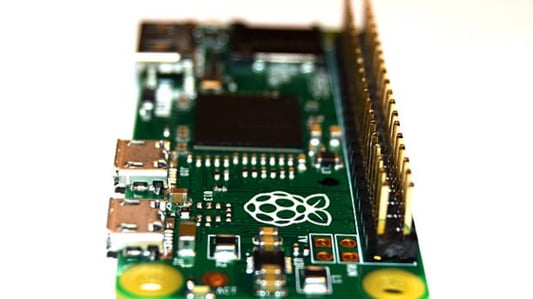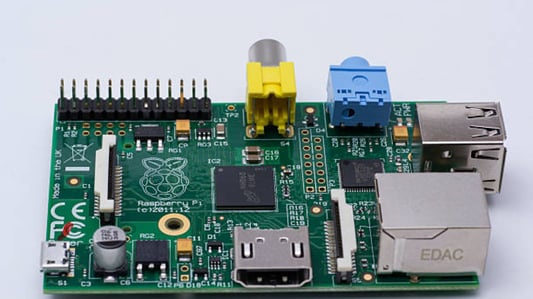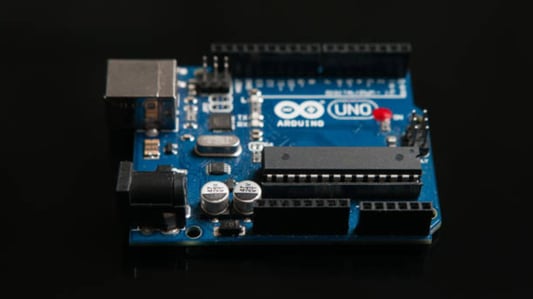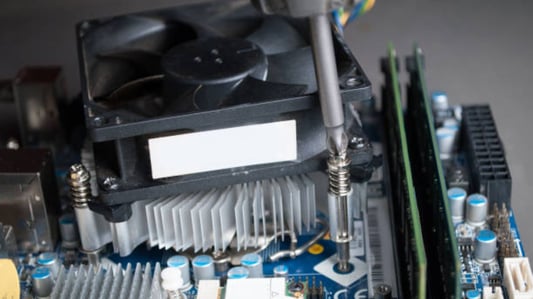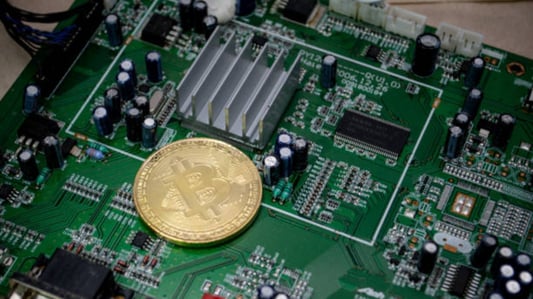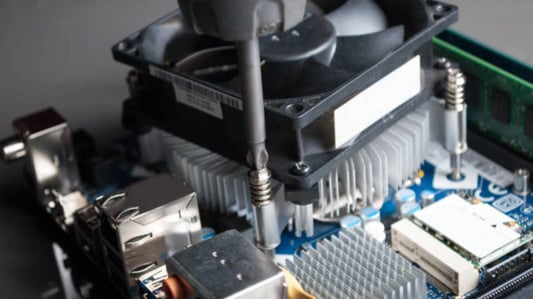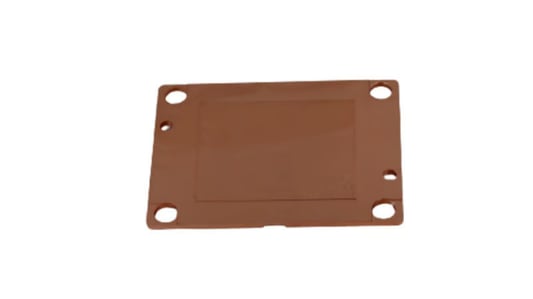IntroductionWhen it comes to electronics and thermal management, heat sinks play a crucial role in dissipating heat away from sensitive components. One of the key considerations in designing a heat sink is its shape, as different shapes can have varying levels of efficiency. In this article, we will explore what the most efficient heat sink shape is and why.Factors Influencing EfficiencyThe efficiency of a heat sink is influenced by several factors, including its material, size, and shape. While material and size are important, the shape of the heat sink plays a significant role in determining how effectively it can dissipate heat. Different shapes have different surface areas and thermal conductivities, which impact their overall effectiveness.Rectangular Heat SinksRectangular heat sinks are one of the most common shapes used in electronics due to their simplicity and ease of manufacturing. These heat sinks have a large surface area that allows for efficient heat dissipation, making them ideal for many applications. However, their rectangular shape can sometimes limit airflow, affecting their overall performance.Cylindrical Heat SinksCylindrical heat sinks are another popular shape that is often used in compact electronic devices. These heat sinks have a smaller footprint compared to rectangular ones but can still provide efficient cooling. Their cylindrical shape allows for better airflow, which can improve their overall thermal performance in certain applications.Pin Fin Heat SinksPin fin heat sinks are a unique shape that consists of multiple pins or fins protruding from a base plate. This design greatly increases the surface area of the heat sink, leading to improved heat dissipation. Pin fin heat sinks are commonly used in applications where space is limited, and maximum cooling efficiency is required.Optimal Surface Area RatioWhen determining the most efficient heat sink shape, it is important to consider the surface area-to-volume ratio. Heat sinks with a higher surface area relative to their volume are generally more effective at dissipating heat. This is why shapes like pin fins and extended surfaces are often preferred for high-performance cooling applications.Effect of Thermal ConductivityIn addition to shape, the thermal conductivity of the heat sink material also plays a significant role in its efficiency. Materials with high thermal conductivity, such as copper and aluminum, can quickly transfer heat away from the source. When combined with an optimized shape, these materials can result in a highly efficient heat sink design.Heat Sink Optimization TechniquesTo determine the most efficient heat sink shape for a specific application, engineers often use thermal simulation software to analyze different designs. By varying parameters such as shape, size, and material, they can optimize the heat sink for maximum cooling performance. This iterative process helps in finding the ideal shape that meets the thermal requirements of the system.Impact of Airflow and PlacementAnother important factor to consider is the airflow and placement of the heat sink within the electronic system. Proper airflow around the heat sink is essential for efficient heat dissipation, as stagnant air can reduce its effectiveness. Additionally, placing the heat sink in a location with good ventilation and minimal obstructions can further enhance its cooling efficiency.ConclusionIn conclusion, the most efficient heat sink shape ultimately depends on the specific requirements of the application. Whether it's a rectangular, cylindrical, or pin fin design, each shape has its advantages and limitations. By considering factors such as surface area, thermal conductivity, and airflow, engineers can design heat sinks that offer optimal cooling performance for electronic devices.Quote InquiryContact us!


